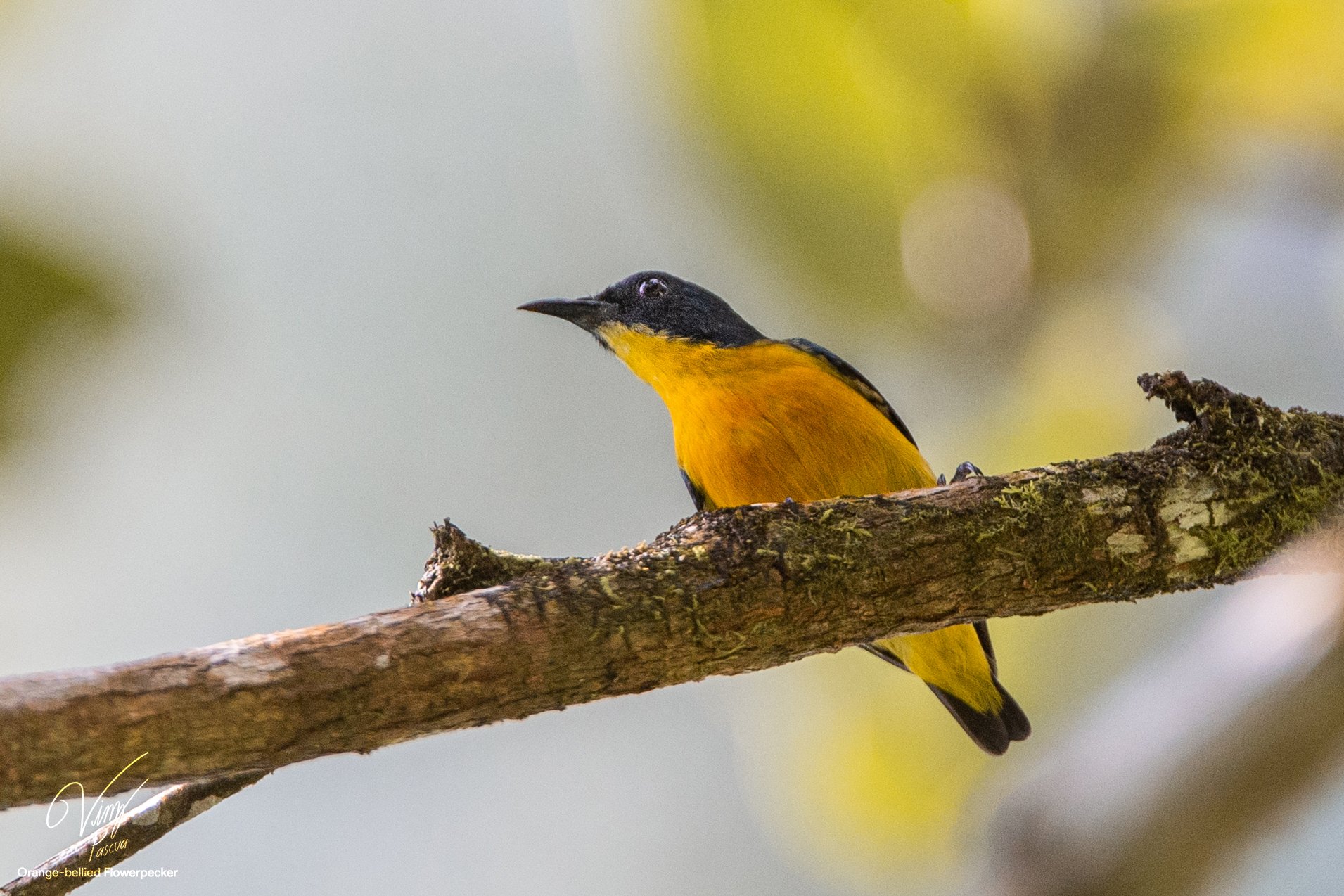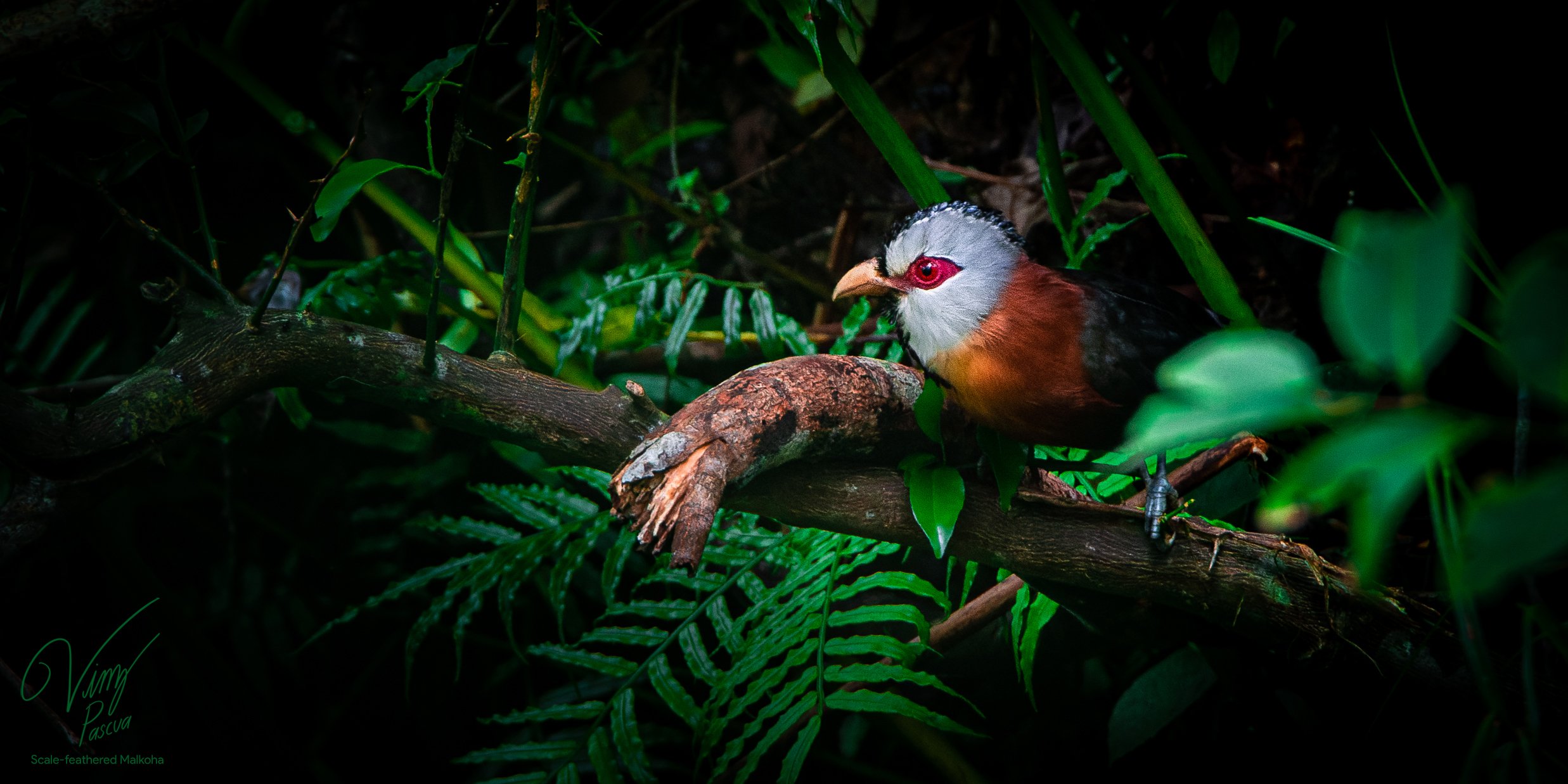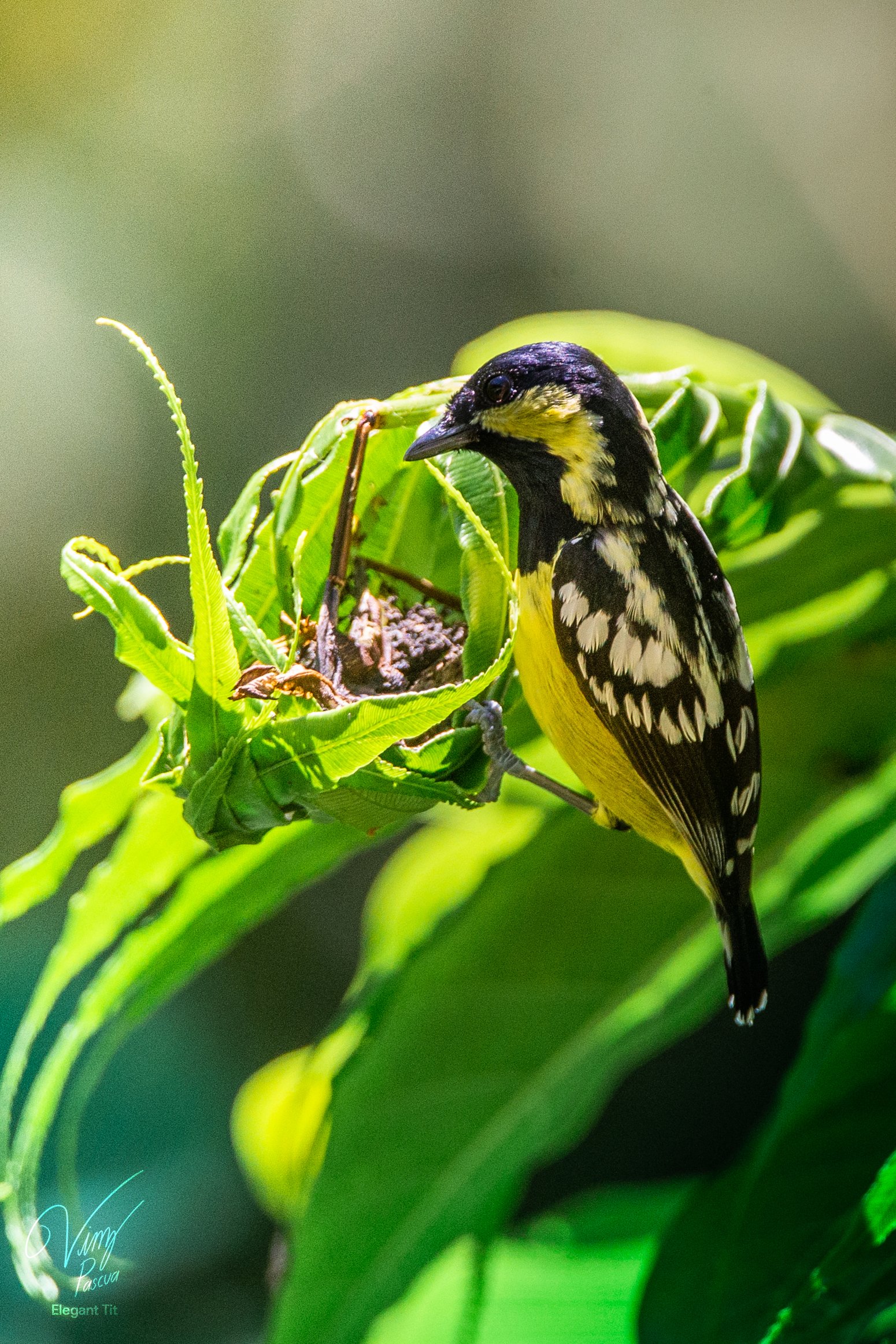
ILLUMINATING INFANTA
February 25, 2021
On February 25, 2021, I had my first birding venture in Infanta Quezon. We went roadside birding across Little Baguio to photograph the endemic icon every WBPP member was raving about at that time, the Northern Rufous Hornbill. We set out to drive to the hidden spot of Balete trees where the Kalaws call home in order to photograph them in the wild. Unfortunately, for the first few hours, not a single Kalaw showed up. Bound to get some photos for the day, we eventually left the spot to photograph birds within the Sierra Madre Mountain Range roadside instead. Although the Kalaws remain the icon of the area, this collection shall shine upon the rest of the birds I encountered during my foray across the mountain range of Infanta.
Illuminating Infanta shines light across the forests of Little Baguio to showcase the species that I've come across on my first venture. From the tiny Olive-backed Flowerpecker to the vast North Philippine Hawk-eagle, Infanta is incredibly blessed with a vast array of wildlife.
Blue-headed Fantail | Rhipidura cyaniceps | Endemic to Luzon and Catanduanes | IUCN & DENR Least Concern | Photographed in Infanta
This active little Blue-headed Fantail was a challenge for our group to photograph. Seemingly flying through different trees beyond our reach was undoubtedly one of the biggest hurdles we have to make when photographing this species. The Blue-headed Fantail was around 6 meters away from us, and we were only limited to the edge of the road. A big challenge for me was handling dimly lit situations, which is the Achilles heel of my 1DX. So I had to bump up my shutter speed up to 1/80th to avert the dark lighting conditions. Luckily, I was able to grab the shot handheld (with the bazooka 500mm lens) and sharp, showcasing its feather details.
The Blue-headed Fantail gets its name from its unique split of colors, blue on its upper body and rufous on the lower body and tail. This particular individual is found within the same vicinity as the Black-crowned Babbler.
Olive-backed Flowerpecker | Prionochilus olivaceus parsonsi | Endemic | IUCN & DENR Least Concern | Photographed in Infanta
The Olive-backed Flowerpecker is a small (9cm) little individual that our group was able to photograph in Infanta. Its short stature packs several unique colorations, such as its mainly olive-colored back and contrasting black and white striped bodies, and the addition of the red-eye is its cherry on top. Two subspecies of the Olive-backed Flowerpecker are present. The one in Infanta was the parsonsi subspecies, primarily differentiated with its more Green-colored cap and darker black coloration. Compared to other Flowerpeckers, you can quickly identify this species since other flowerpeckers often have a mixture of blue and orange or black and white, with females being a pale brown. This species has minimal variations in sexual differentiation.
In Infanta, this species often travels in mixed flocks of other tiny birds such as the Elegant Tit, Asian Brown Flycatcher, and its fellow rival in the area, the Orange-bellied Flowerpecker. I say fellow rival because the Olive-backed Flowerpecker would often be driven away by the presence of other dominant Flowerpeckers, traveling to trees on the other side of the road when the Orange-bellied Flowerpecker shows up.
Immature Philippine Hawk Eagle | Nisaetus philippensis | Endemic to Luzon and Mindoro | DENR Endangered | IUCN Vulnerable | Photographed in Infanta
Photographing Raptors in flight is often the most challenging way to identify particular raptors. During our roadside birding session in Infanta, this raptor flew past us while photographing the Buzzing Flowerpecker and the Philippine Fairy-bluebird. After looking through our camera photos, we were stumped by its identity due to its incomplete plumage, mainly indicating it as a juvenile individual. Tito Bert and I speculated that it might be a juvenile Crested Goshawk or an Eastern Honey-buzzard, but we'll have to zoom in on its details to confirm its identity fully.
After processing the image in Lightroom, I consulted Sir Djop to help classify this individual. I initially thought it was a juvenile Eastern Honey-buzzard or a juvenile pale morph Changeable Hawk-eagle, with a very slim chance for it to be a juvenile North Philippine Hawk-eagle due to its endangered nature. However, Sir Djop pointed out its Feather tarsus, lack of a black mask, blackish-grey vill, lack of yellow coloration at the base and black in its face mask, lack of diagnostic black in its wing flanks, and its underwing lining pattern point it to a North Philippine Hawk-eagle.
The North Philippine Hawk-eagle is categorized under Endangered by BirdLife International, mainly due to Habitat Loss and hunting.
Flaming Sunbird | Aethopyga flagrans | Endemic to Luzon | IUCN & DENR Least Concern | Photographed in Infanta
Female Flaming Sunbird | Aethopyga flagrans | Endemic to Luzon | IUCN & DENR Least Concern | Photographed in Infanta
Flaming Sunbirds are a sexually dimorphic pair of sunbirds, meaning that they have two distinct colorations for their male and female counterparts. Male Flaming Sunbirds have a distinctive black iridescent throat and a vibrant yellow belly with a hint of bright fire-orange.
The Flaming Sunbird is tiny, around 9 centimeters long, making it difficult to notice during our foray photographing the Black-crowned Babbler and the Blue-headed Monarch.
Orange-bellied Flowerpecker | Dicaeum trigonostigma xanthopygium | Endemic | IUCN & DENR Least Concern | Photographed in Infanta
The Orange-bellied Flowerpecker (Also known as the Orange-breasted Flowerpecker) is a small Flowerpecker with subspecies endemic to the Philippines. Since the Philippines is home to multiple subspecies of Orange-bellied Flowerpeckers, they are all distinctly different by observing the male's underside colorations. This male individual is part of the xanthopygium subspecies group, which is native to Luzon and differentiated by its full orange underside. They often travel in mixed flocks alongside other Flowerpeckers, such as the Bicolored Flowerpecker and the Olive-backed Flowerpecker.
Black-crowned Babbler | Sterrhoptilus nigrocapitata | Endemic | IUCN & DENR Least Concern | Photographed in Infanta
The Black-crowned Babbler is a rarely photographed Endemic Philippine Babbler species. While roadside birding in Infanta, we stumbled upon the Blue-headed Fantail along with this unforeseen visitor. Taken around 12 meters away on the road, photographing this difficult bird was a real challenge. Check Sir Roy De Guzman Daantos's photograph of this species in the same location to grasp the difficulty of the situation. Upon first glance, I thought that this species resembles the Philippine Bulbul, especially with the light streaking on the facial feathers. But its Black crown is what makes it more distinctive.
Yellow-wattled Bulbul | Pycnonotus urostictus | Endemic | IUCN & DENR Least Concern | Photographed in Infanta
It was 4 PM, we began to pack up our things, and we collectively decided to take on a last look across the valley to see if there are any Northern Rufous Hornbills present. To everyone's disappointment, not a single Northern Rufous Hornbill was heard across the lush valley. Despite being thrived with various bird species, the star bird of the "Kalaw Kraze!" didn't show up for our team. I took my camera and decided to point to treetops on the valley bin. As I pan my camera to a Balete canopy, a familiar silhouette of a bird caught my eye. It was no Kalaw, but a Bulbul I haven't seen before. As the sun enters dusk, the light illuminates through patches of leaves around the Yellow-wattled Bulbul. I positioned myself to perfectly capture the mystical scene of a sleeping Yellow-wattled Bulbul 2 miles down and gratefully took the shot. A great last photo to reminisce of the beauty in Infanta.











